|
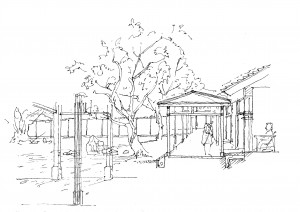
A courtyard in Tunghai University, Kelvin Lam Ka Cheung
Ambiguity exists between domains. The gallery connects the house and the courtyard but it is neither indoor nor outdoor. Raindrops and moss, shadow and wind, are inter-weaved under the eaves. The boundary between in and out and the differentiation between programs are loosened in this ambiguous space.
What?
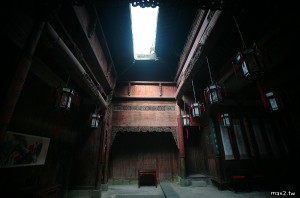
Traditional House in Anhui, Yain-Ming Chen
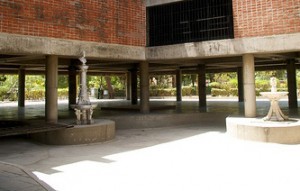
Cultural Centre of Ahmedabad, Le Corbusier
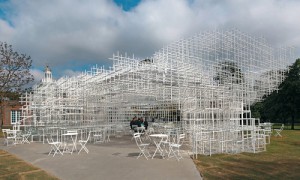
Serpentine Gallery Pavilion 2013, Sou Fujimoto
In Chinese architecture, the space under the eaves is ambiguous and delicate. It is the extension of the interior and the continuance of the exterior. In there you may enjoy the picturesque seasons and the protection by the house at the same time. The facade of Chinese mansion is seldom ornamental. But if you take a seat under the eaves, all the extraordinary sculpture and structure hided under the eaves unroll for you.
Why?
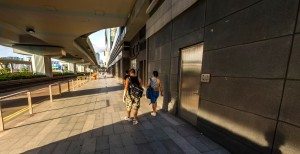
Pedestrian walkway adjacent to the Element, Google Street
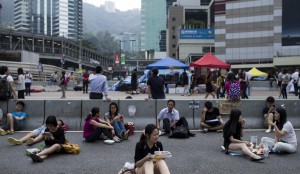
Admiralty, October 7, 2014, Tyrone Siu
The urban ambiguous space is reducing currently. The shopping mall of the Element and the pavement around its perimeter are strongly differentiated. The public pavement can only work as circulation. The potential of public program is eliminated and the right of having street life is abused.
There is an interesting phenomenon in the Umbrella Movement. The boundary between the highway and pedestrian area is defined by law. When the law was broken in the occupation, the highway became the extension of the pavement. But the concrete barrier and the slope of the highway differentiate it from the common pedestrian area. The space on the highway because ambiguous. People are released from the stress of hierarchy in this space. They get the freedom to redefine the space and explore the potential.
I think the ambiguous space has to be re-planted in the city thus the people could reclaim the right of interpreting the urban space and the right of having public life.
HOW?
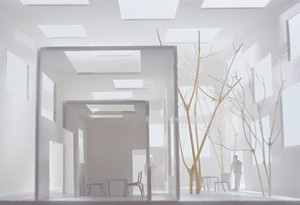
House N, Sou Fujimoto
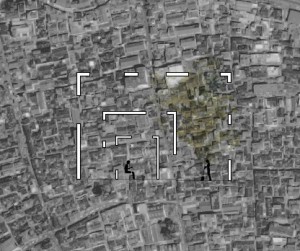
House N is a house for 2 people. The house is composed by a sequence of ambiguous space with subtle gradation.
To further examine the theory of ambiguous space, I would design a complex for 1000 residents, 500 times of House N, with manipulation of the concept of house N. More issues in urban scale would emerge in this scale. My thesis could be examined and developed with those issues as the driving force.
BIBLIOGRAPHY
1. Bernard Tschumi, 1997, Architecture and Disjunction, MIT Press
2. Robert Venturi, 1977, Complexity and Contradiction in Architecture, The Museum of Modern Art
3. AR Cuthbert & KG McKinnell, Ambiguous space, ambiguous rights – corporate power and social
control in Hong Kong, 1997, Elsevier
4. Aldo Rossi, 1984, The Architecture of the City, MIT Press
|